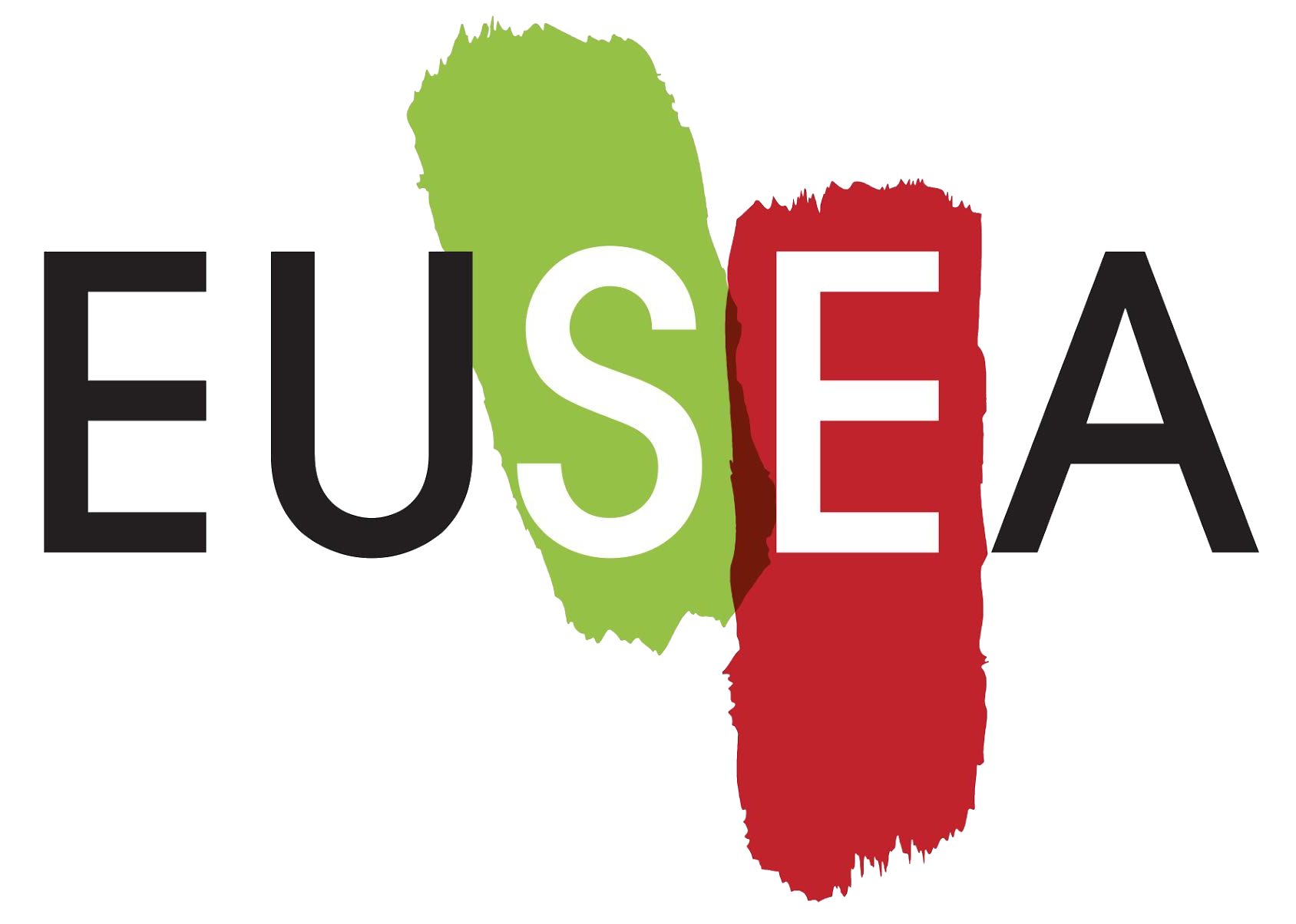Description
“Borrow” a scientist or a researcher for a day, who will visit schools or workplaces and talk about themselves, their research and their career path. There is also an opportunity for the audience to ask the researcher any questions they might have about the work they do.
Target Audience
- Adult citizens
- Children 7-12
- Teenagers
You can do it with all those groups, but we did it with professionals from different fields like public engagement or the cultural and creative sector.
Benefits
Benefits
The aim of this event format is to create dialogue and interactions. The participants learn more about a particular area of science, how their research is conducted, and what a research career pathway might look like. These events are very useful in school environments, as it is an opportunity to show pupils how their school work is connected with the wider world outside of school. These events also allow for the researchers to gain new insights and ideas into how they can communicate about the work they do.
Preparations
- Choose enthusiastic researchers who are comfortable with talking to the target group.
- Introduce the researchers on your website with a photo and a short introduction.
- Contact schools well in advance.
- Prepare the researchers for the audience: it’s a very different task to hold a
presentation for teenagers and engage with 10-year-olds in a classroom. - It might be useful for the researchers and the teachers to communicate what expectations they have for the event, does the school want demonstrations or props for example.
Resources
https://scicommtoolbox.se/borrow-a-scientist//
Notes
The focus of the visits varies from target group to target group. Visits to schools usually focus more on the scientist as a person, whereas workplace visits might focus more on the actual research. The scientist should be prepared for this.
A dialogue with the schools in advance is helpful to ensure that the organisers and researchers are aware of the schools’ needs and expectations.
For schools and workplaces that are located far away from research institutes and universities, this activity gives them an insight into a researcher’s everyday life.
Challenges: Finding scientists who are good at communicating with different target groups.


